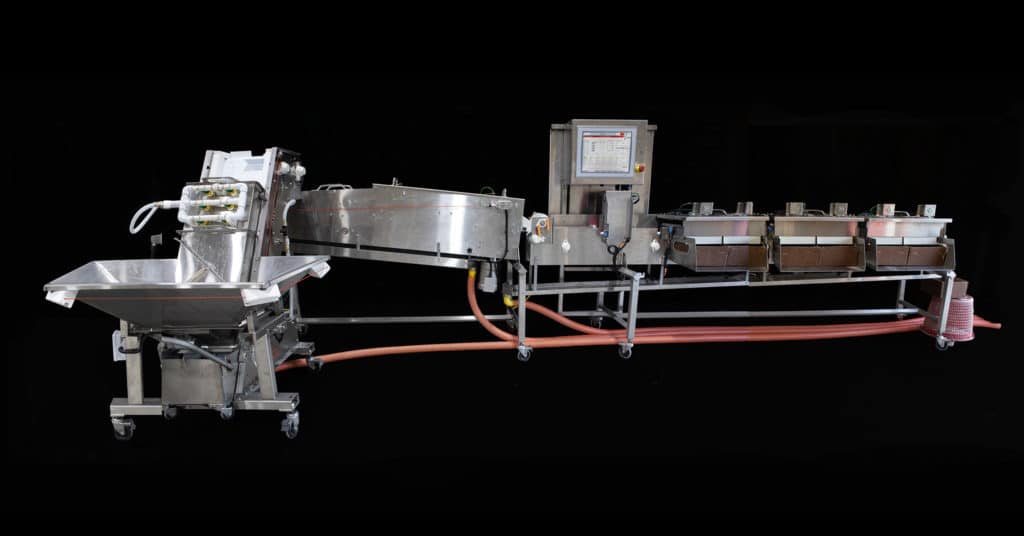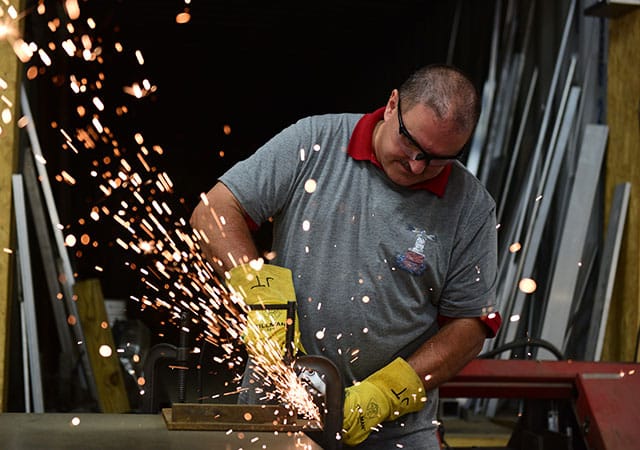
Since previewing Pearlception 2.0 to oyster farmers earlier this year, what finishing touches have you made for the market?
JT: I developed and finalized an operator’s manual with detailed direction on maintenance and trouble shooting. We know that Pearlception is a technically advanced piece of equipment and wanted to provide a top of the line operations guide. Our manual anticipates user questions and eliminates guesswork. It’s easy to navigate and includes step-by-step instructions with photos. If a user experiences a situation, they can call me and together we can quickly diagnose and address the issue.
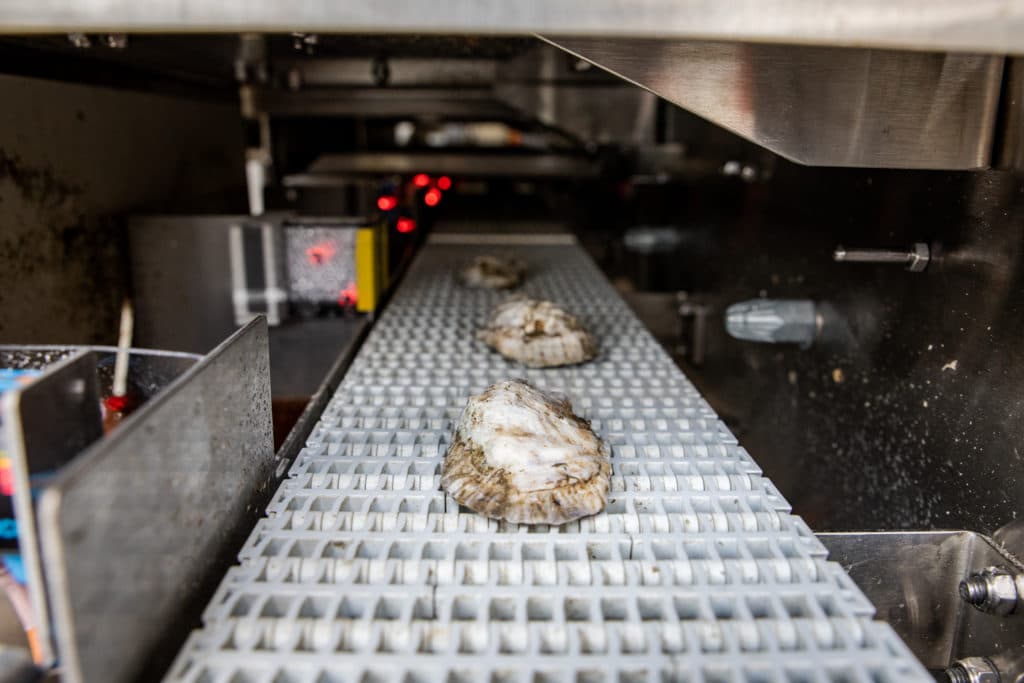
JT: The biggest upgrade made was integrating a second ‘retro-reflective sensor’ that anticipates and confirms when an oyster has ‘broken the beam.’ This ensures oysters are counted accurately every time.
What is the most compelling feature that differentiates Pearlception 2.0 from its predecessor?
JT: Definitely the secondary, confirming eye. One of the biggest issues oyster farms face is certifying the number of oysters in each bag or box. Pearlception makes sure you’ll never ‘short’ a customer in retail packaging.

How did you approach the updated design and engineering of Pearlception 2.0?
JT: We set out to create a machine we could consistently and reliably manufacture at our Cambridge-based headquarters.
What were your processing and handling objectives?
JT: We wanted to balance two critical interests: Improve the sorting speed but maintain accuracy. To improve speed and handling, we increased the width of the hopper to eliminate bridging. We also moved all the stations to one side of the system to allow one person to easily operate the machine. Lastly, we made the stations modular so a grower can easily customize the chute from retail boxes to bags.
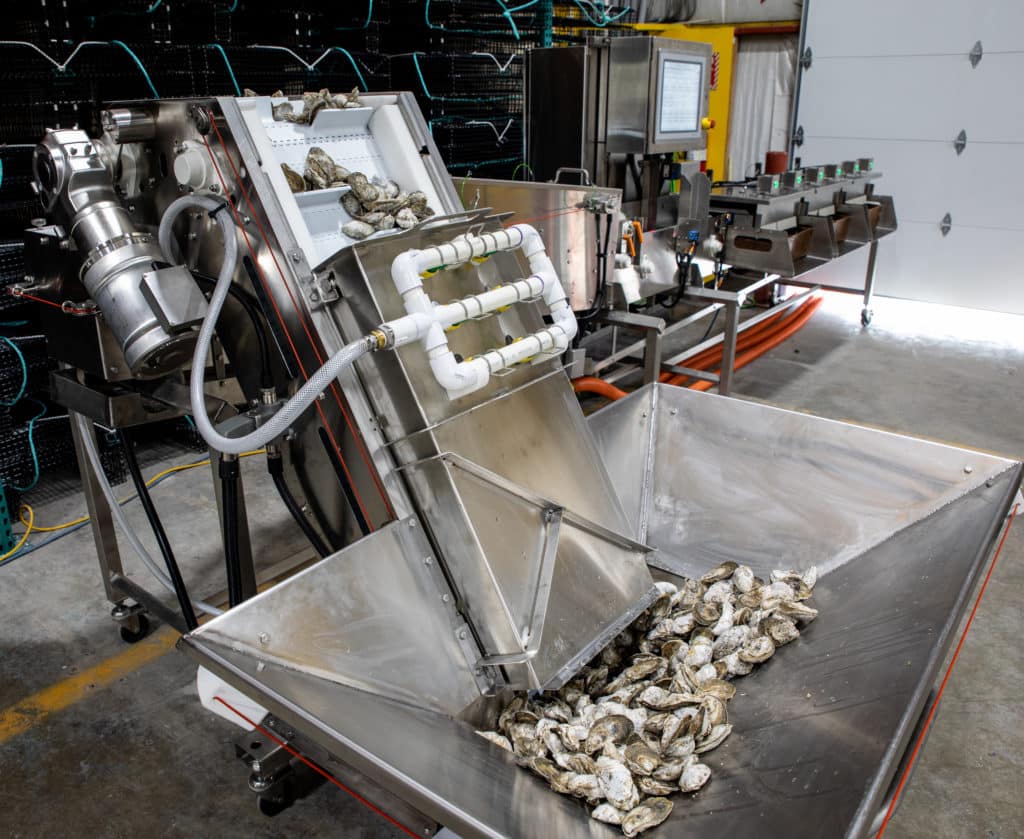
JT: Besides accuracy and performance, it’s definitely our customer service. When you invest in Pearlception – you have us on your team. The other important solution we offer is the caliber and quality of components. We’ve designed the system so that all parts are readily available at an industrial supply house; you don’t need to go to an OEM for custom components. The only proprietary component is the PLC (Programmable Logic Control).
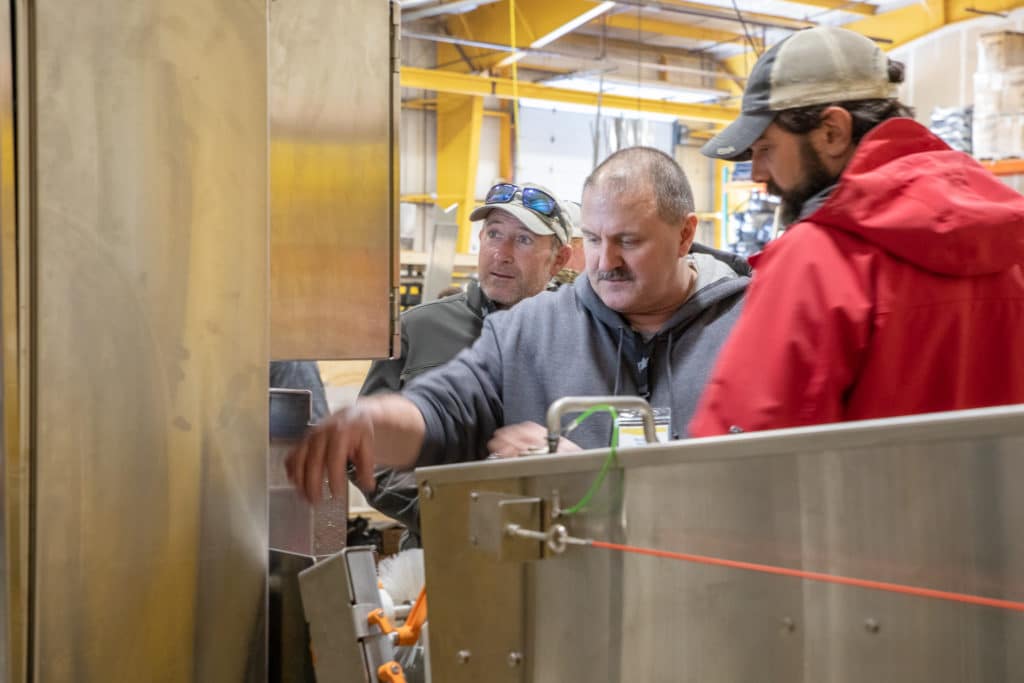
JT: We replaced the conveyor belt with a flat top. We modified the air blast nozzle systems to stabilize the oysters. There are 18 air nozzles (six sets of three) – up from six – to consistently sort and move the oysters into each packing station which ensures accuracy. If the oyster isn’t delivered to the box, it isn’t counted.
How have oyster farmers responded during Pearlception 2.0 demonstrations?
JT: Most growers are very impressed with the consistently high degree of accuracy. A few have looked at similar systems by other manufacturers but were disappointed with the performance and inconsistent counts. People are also surprised at how large and extensive our manufacturing and development operation is in Cambridge.
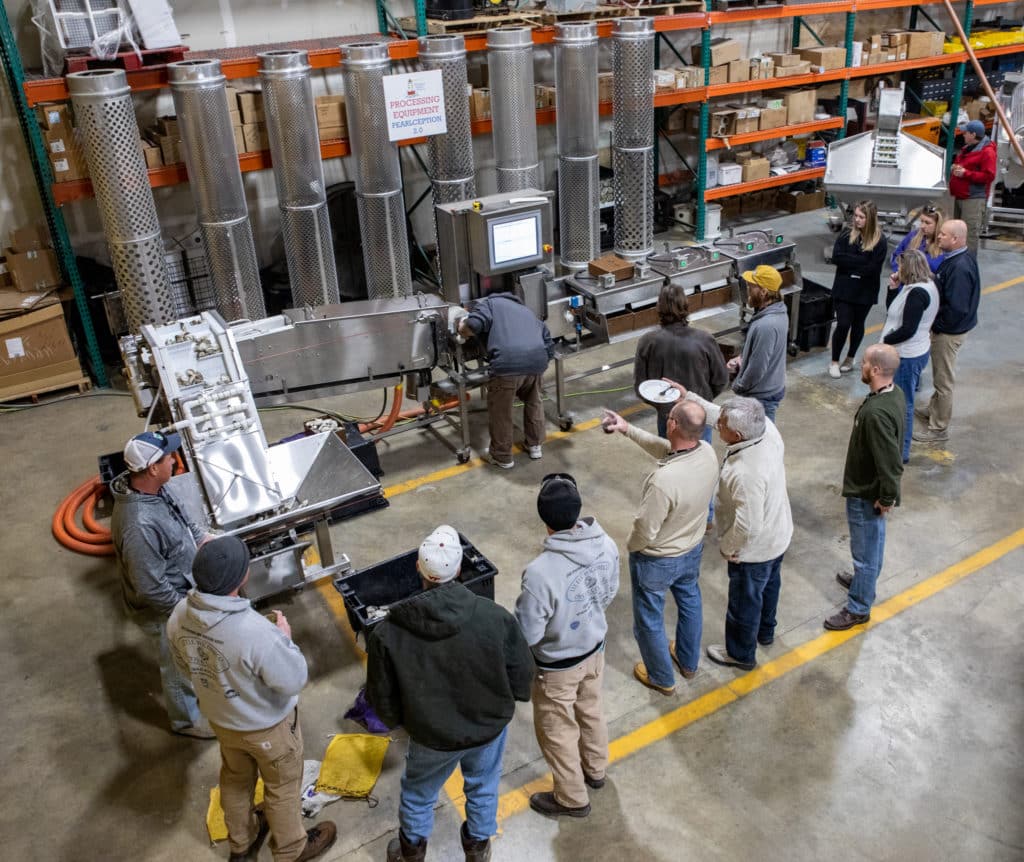
JT: We recently developed surface grow out gear made of lighter weight aluminum. The new HI-Flow slightly smaller cages are designed easier transport and farm management in high energy water environments.
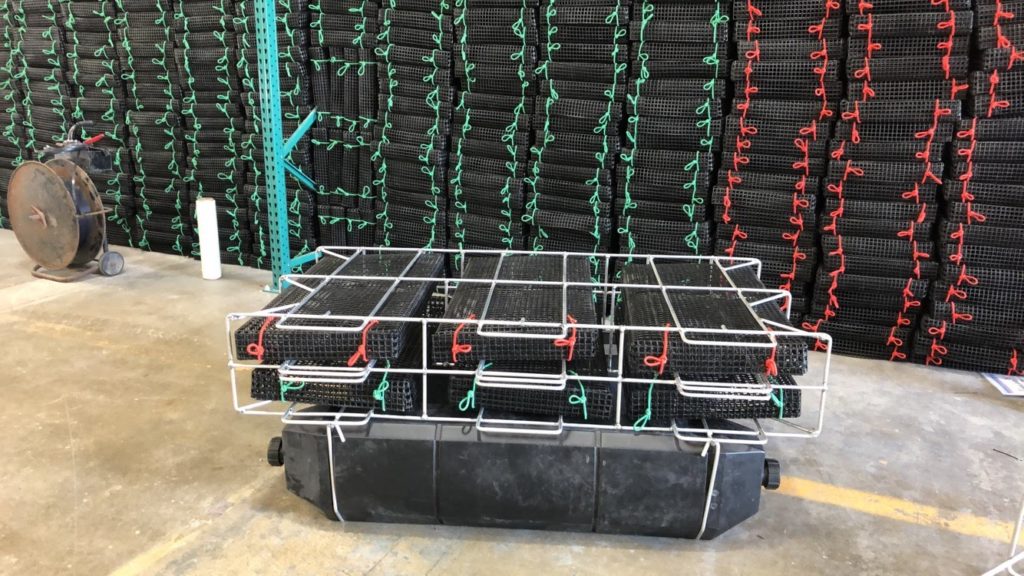
JT: We build each Perception to order. It takes approximately 12-16 weeks from order to delivery.
